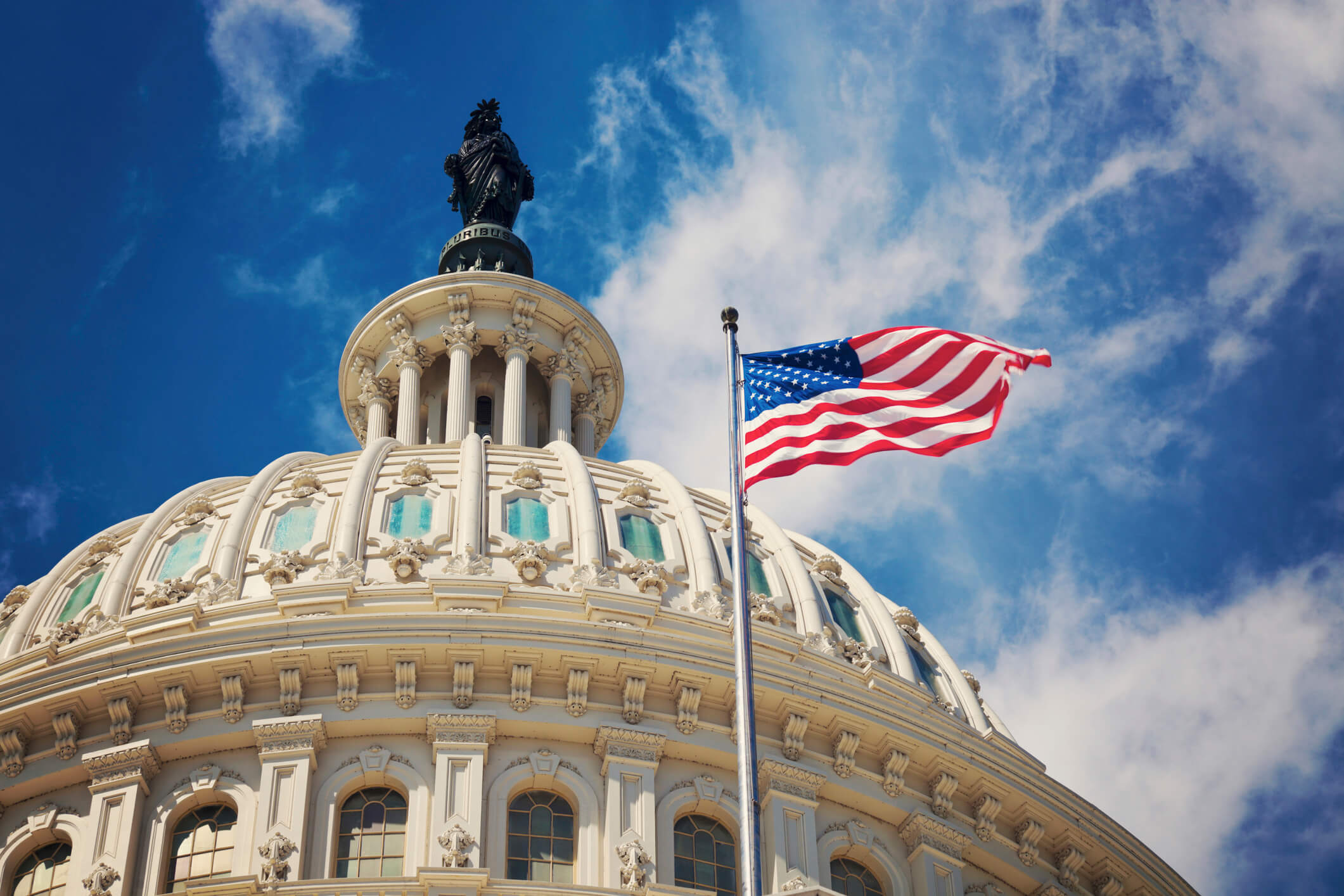On February 12, 2018, the White House released its fiscal year 2019 (FY 2019) budget plan and sent it to Capitol Hill just a week after signing a two-year budget deal lifting the spending caps for 2018 and reopening the federal government, which had been temporarily shut down. For that reason, the budget cuts in the FY 2019 proposal have little chance of enactment by Congress which is loath to give back money already approved. So, while the proposed 2019 cuts are needed to fund higher spending for the military, as well as to fund the construction of a border wall and infrastructure repairs—and the administration now has more money to spend—there were few surprises in the FY 2019 budget plan for cutting the budgets of federal labor and employment agencies. Every labor and employment agency was cut, but not as drastically as expected. Rather than simply look at overall spending cuts, however, one must look at what the FY 2019 budget proposes for individual programs to get a sense of where the administration’s priorities are for policy reforms. For example, most programs increased funding for “compliance assistance” rather than strictly enforcement actions. Many reduced spending by eliminating or consolidating programs. In other words, follow the money.
U.S. Department of Labor
At the U.S. Department of Labor (DOL), the FY 2019 budget proposes overall cuts of $2.6 billion, or a hefty 21 percent, but proposes to add offsets of $1.5 billion so that the proposal would actually result in net cuts of $1.1 billion, or 9 percent, reducing the overall DOL budget to $10.9 billion.
One of the administration’s priorities—paid leave—is reflected in the DOL’s FY 2019 budget. The administration’s proposal would provide for up to six weeks of paid leave for the birth or adoption of a child to be paid for through state unemployment insurance.
A short summary of other budget priorities and proposals affecting the DOL’s enforcement agencies follows.
- The Employee Benefits Security Administration (EBSA) has responsibility for one of the administration’s other priorities: the promotion of association health plans. This is reflected in the proposed FY 2019 budget proposals for EBSA.
- The DOL’s Wage and Hour Division (WHD) actually received a slight increase in the FY 2019 proposal to $230.1 million, up from $227 million in 2017. Of course, much of the proposed increases at WHD are for “compliance assistance” for employers of $4 million to educate employers and trade associations on compliance as opposed to strictly pursuing enforcement.
- The Office of Federal Contract Compliance Programs (OFCCP) is facing a proposed budget cut to $91.1 million from $104.4 million in 2017, and a reduction to 450 full-time employees, as compared with 563 in 2017. There is no mention of merging OFCCP within the U.S. Equal Employment Opportunity Commission, as had been contemplated in the FY 2018 budget.
- The Office of Labor-Management Standards (OLMS) also received a slight funding increase to $46.6 million (from $38.1 million in 2017) in areas related to the enforcement of the Labor-Management Reporting and Disclosure Act, in order to maintain union financial compliance and internal union democracy. The 2019 budget proposal would restore the International Compliance Audit Program to safeguard union members from theft and embezzlement. The program had been abolished by the Obama administration.
- The Occupational Safety and Health Administration (OSHA) is level-funded in the FY 2019 proposal with a slight decrease from $552 million in 2017 to $549 million, but with 2,024 full-time employees, up from 2,011 in 2017. The largest increase is in compliance assistance and the Voluntary Protection Programs (VPP).
- The Bureau of International Labor Affairs (ILAB) budget is slashed by 80 percent from $86.1 million in 2017 and $85.5 million in 2018, down to $18.5 million in 2019.
National Labor Relations Board
The FY 2019 budget cuts the National Labor Relations Board’s budget (NLRB) by 9 percent and reduces the number of full-time employees by 7.4 percent. The requested budget is $249 million, down by $25 million from the current $274 million. Full-time employees would be reduced to 1,250, down from 1,320. NLRB General Counsel Peter Robb apparently has already begun exploring budget reductions through a suggested consolidation of regional offices and the creation of district offices.
U.S. Equal Employment Opportunity Commission
At the EEOC the FY19 budget request is a slight decline to $363.8, down from $364.5 million currently.
Conclusion
It remains to be seen whether Congress will use the administration’s FY 2019 budget proposal as a starting point, or scrap it and draft its own budget. However, the administration’s proposal should be viewed as more than simply a “grain of salt” as some suggest, but instead as an accurate reflection of the administration’s priorities for labor and employment policy.








